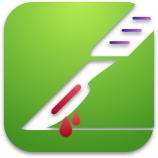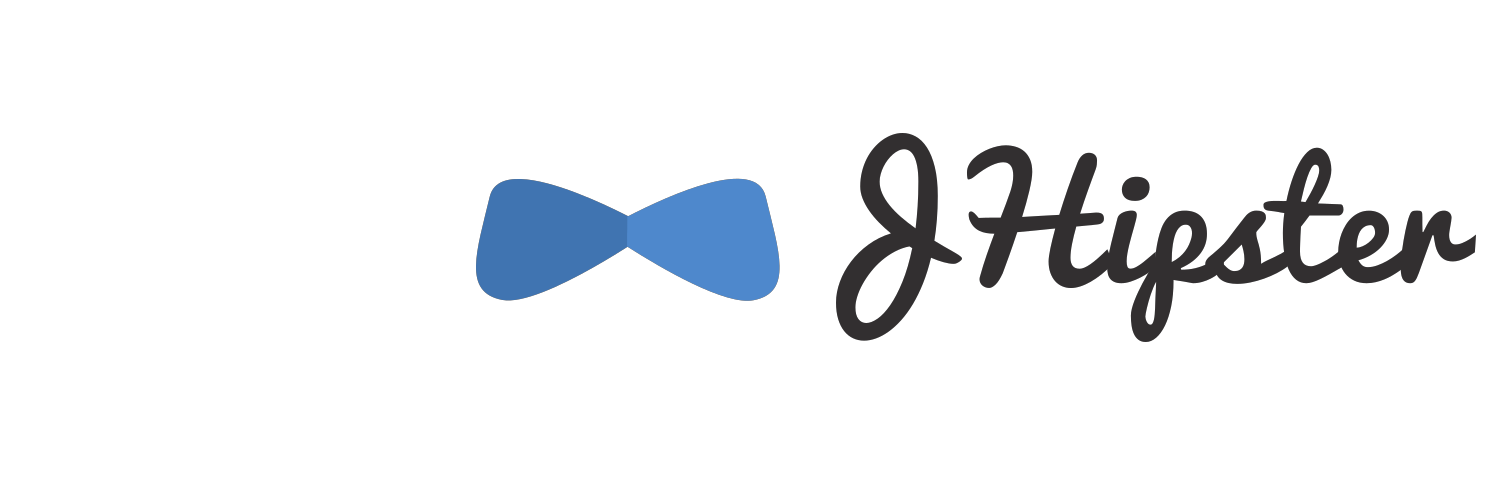Table of Contents
ToggleIntroduction
Over 4.7% of websites use Java for server-side programming. Its community has seen a significant rise from 8.3 million to 16.5 million. This figure shows Java’s strong relevance in the web development realm. And like every other programming language, Java also offers numerous frameworks. These frameworks help Java developers create applications easily and quickly. However, not every framework serves the same purpose; each one has distinct features and functionality. Today in this article, we will explore the top 10 best Java web frameworks in 2024.

Don't miss out on your chance to work with the best
apply for top global job opportunities today!
Top 10 Best Java Web Frameworks in 2024
1. Spring

Spring is the favorite front-end framework for Java developers. It can significantly improve the speed of websites, and offers ease of working. Spring MCV architecture and Spring Cloud make an ultimate fusion that can easily create modern-day high-performance, complex web applications.
| ✅ Pros | ❎ Cons |
|---|---|
| Supports JBBC, annotation-based configurations, and XML | Quite difficult to master |
| Uses Plain Old Java Objects (POJO) model | Requires familiarization with XML |
| Dependencies Injection provides a seamless development of Java EE | Parallel mechanism creates confusion and might cause delay |
| Dependencies Injection and Beans make web development simple | Needs expertise to work with Spring framework |
| Supports various kinds of configuration methods | |
| Ease of code testing | |
| Provides a declarative support like cache, validation, transaction, and formatting |
2. Hibernate

If you’re looking for a Java web framework with better database communication, Hibernate is undoubtedly the best. Since Java is an object-oriented language, connecting with a relational database has problems like “paradigm mismatch.” Thus, the Hibernate framework helps to overcome this common problem. It is the perfect solution for mapping the object-oriented language to the relational database. In addition, it offers tools like a mapping editor, a Hibernate console, and a database reverse engineering tool.
| ✅ Pros | ❎ Cons |
|---|---|
| Minimal coding for complex data manipulation | Debugging becomes difficult sometimes |
| New versions support NoSQL | Steeper learning curve |
| It can run without an application server | Not a good choice for small projects and batch processing |
| Portable and improves productivity | Performance issue while working with complex queries |
| Equipped with excellent command line tools and IDE plugins | |
| Promotes code reusability |
3. Blade

Blade is a simple Java framework with a minimal footprint on our list that allows Java developers to create web applications quickly. Among all the frameworks, Blade is by far the most simple, elegant, and intuitive. Using the Blade framework, developers can easily get access to a RESTful-style routing interface and even deploy the applications as a basic Maven or Gradle project. It comes with built-in security features such as cross-site request forgery (CSRF) and cross-site scripting (XSS). On top of that, it supports plugin extensions and webjar resources.
| ✅ Pros | ❎ Cons |
|---|---|
| Seamless deployment process | Only few developments were seen during these recent years |
| Huge support for template | Fewer tutorials and sample projects |
| Lightweight | |
| Less learning curves | |
| No need for external dependencies | |
| Comes with embedded web server |
Read More: What Are the Features and Benefits of Java?
4. Google Web Toolkit (GWT)

If you don’t have any experience working with real-life projects in Java but want to develop applications using JavaScirpt and Java, GWT is the ideal option for you. As the name suggests, it was developed by Google to create a complex Java-based application. It provides features like cross-browser compatibility, internationalization, and UI abstraction.
| ✅ Pros | ❎ Cons |
|---|---|
| Automatic JavaScipt code writing code becomes easier | Generates non-semantic code |
| Extensive widget library supports AJAX apps | Lacks features for the modern web browser |
| Promotes code reusability | Difficult for absolute beginners |
| Google expert team support | High compile time |
| Cross-browser compatiblity |
5. Dropwizard

Dropwizard is another simple web framework on our list that is mainly used for production-ready RESTful web services. This framework is amazing because developers don’t need to write lengthy code for configurations and metrics. This way, developers can be extra productive. The libraries that it offers are Hibernate Validator, Joda Time, embedded Jetty Server, Google Guava, and Logback.
| ✅ Pros | ❎ Cons |
|---|---|
| Lightweight and good conventions | Monitoring is complex |
| Mature Java libraries | Distribution environments need to be tested everytime |
| Extensive documentation | |
| Supports rapid prototyping of applications and microservices | |
| Comes with inbuilt Quick Project BootStrap | |
| Operation-friendly |
6. JHipster

Among all the Java web frameworks on our list, JHipster is the new framework. It is an intermixture of Angular, Springboot, Vue, and React. And unlike other web frameworks, JHipster runs under two types of architecture, i.e., microservices and monolithic. This gives developers the option to choose the architecture depending on their project. Moreover, it is associated with leading brands like Google, Adobe, HBO, Siemens, and Bosh.
| ✅ Pros | ❎ Cons |
|---|---|
| Supports front-end frameworks and technologies | Lacks tutorials and examples |
| High speed | Automatic code generation can create confusion for beginners |
| Multiple deployment options | |
| Excellent test coverage | |
| Extensive documentation with sample projects and active community | |
| Operation-friendly |
7. Play

If you’re in search of a highly scalable framework that consumes fewer resources, then Play Framework is for you. Since it is built on Akka, the framework has better scalability and high performance. As a result, Java developers can create both web and mobile apps quickly and easily. Features that it offers are convention over configuration, display error messages in the browser, built-in testing capabilities, and hot code reloading. Also, big brands and esteemed organizations like Samsung, Deloitte, Verizon, Coursera, Walmart, Accenture, LinkedIn, Zalando, and The Guardian.
| ✅ Pros | ❎ Cons |
|---|---|
| Highly flexible and fault-tolerance | Steeper learning curve |
| Promotes hot swapping of class files | Becomes unstable sometimes |
| Robust support for non-blocking input/output operations | Lacks backward incompatibility |
| Supports FluentLenium |
8. Grails

Yet another popular web application framework written in the Groovy programming language. It works well with Java-based technologies such as the Java Development Kit, Jakarta EE containers, Hibernate, and Spring. Some of the features it provides are convention over configuration, opinionated APIs to enforce best practices, and sensible defaults. Additionally, it also allows developers to build their own plugins and make use of Grails’ IDE support for Eclipse, Sublime, Textmate, IntelliJ IDEA, and other platforms.
| ✅ Pros | ❎ Cons |
|---|---|
| Async capabilities | Need to have prior knowledge of Groovy |
| Straightforward object mapping features | Programs weight might get increase too much |
| Convention over configuration | Complex integration process |
| Seamless integration with Java tools and libraries | |
| Performance issue | |
| Detailed documentation and a plethora of learning materials |
9. Vaadin

It is the Java framework for both mobile and web with accessibility. It provides all the necessary tools and components to create a secure, robust enterprise application with better UX. The automatic server-client communication with WebSocket support provides a seamless web development process. It also supports data binding features using Model-View-Controller (MVC) and Model-View-Presenter (MVP) patterns.
| ✅ Pros | ❎ Cons |
|---|---|
| Offers mobile-friendly components | Consumes lots of memory on server-side UI |
| Free prebuilt themes | Need to pay for pro components and tools |
| Mobile-friendly components | |
| Works well with Spring framework | Need to pay for pro components, tools, and support |
| Strictly follows web standards | |
| Supports other languages like Scala and Kotlin | |
| Provides better security |
10. Tapestry

If you’re looking for a component-oriented framework to build highly scalable apps, then Tapestry is the right framework for you. It offers features such as built-in utilities to facilitate test-driven development (TDD) and comes with support for the Selenium testing framework. The best thing about this framework is that it can scale on single servers as well as server clusters. However, its default features, like client-side caching, support for concurrent threads, JavaScript aggregation and compression, and integrated Gzip compression, contribute to its speed. As a result, it runs way faster in web browsers. Besides, it integrates well with other Java frameworks, such as Hibernate and Spring. Additional features that you enjoy with this framework are class reloading, exception reporting, Ajax support, and built-in components and templates.
| ✅ Pros | ❎ Cons |
|---|---|
| Simple testing | Cannot add new components to the existing page |
| Ajax support | Does not allow multiple applications to run |
| Pure Java objects components | Limitation on service reloading |
| Excellent exception capabilities | |
| Hot loading |
In conclusion
Before choosing a web framework, carefully learn its capabilities and measure its pros and cons. Then, consider your project objectives, goals, and budget. So this way, you can finally decide and choose one framework for yourself. But when you start working on projects, make sure to read the documents beforehand and always monitor to catch errors in real-time.
Take control of your career and land your dream job
sign up with us now and start applying for the best opportunities!

FAQs
Frameworks simplify the web development task by providing the structures, tools, libraries, and components. This helps to carry out common tasks like session management, database integration, template creation, HTTP request handling, and routing. Overall, it boosts the productivity of a programmer.
In comparison to other Java frameworks, Spring is the most widely used by Java developers.
Yes, you can. By keeping one framework as a primary and another to carry out the task, it cannot do it.
First, you need to master all the basic concepts of core Java and advanced Java by enrolling in a Java course. Once you gain confidence, familiarize yourself with the Java framework and practice coding regularly. Also, side by side, learn the concepts of data structures and algorithms. Finally, you can prepare and sit for the Oracle Certified Java Programmer (OCPJP) certification.

